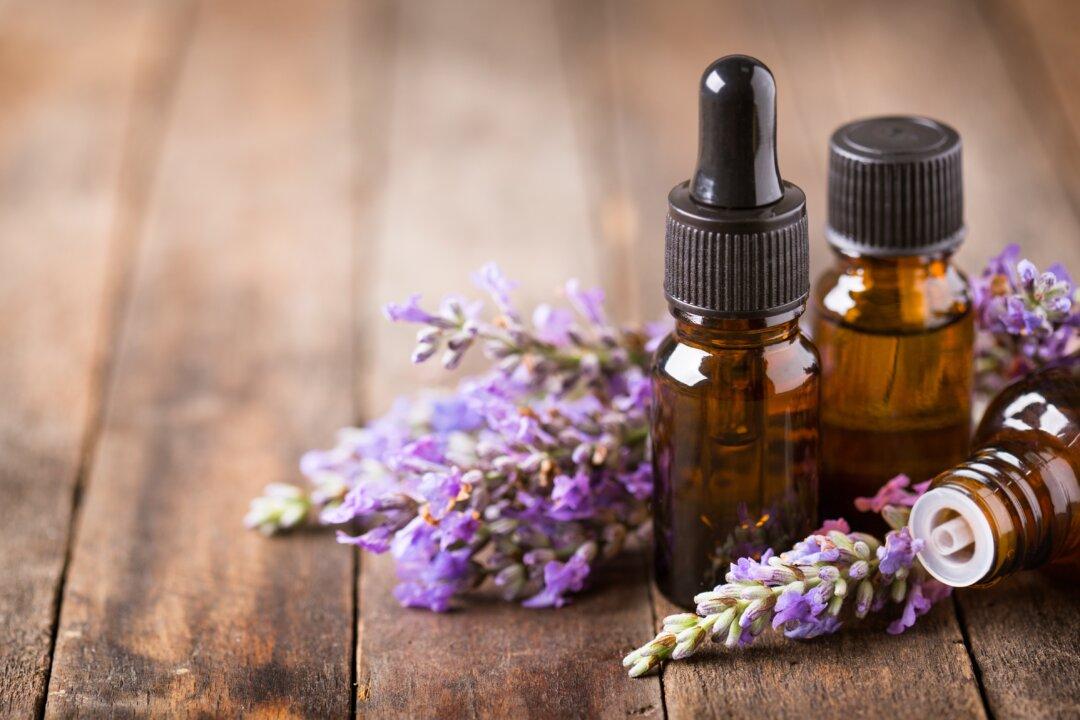Herbal Medicine
Herbs and essential oils have been playing an important role as health aids for millennia. According to archeological evidence, the first use of medicinal herbs dates back to the Paleolithic age, approximately 60,000 years ago. We can also find many records showing that the ancient Greeks already had an immense knowledge of herbal medicine. For instance, Achilles, hero of the Trojan War, used yarrow to treat his injured army. Nowadays, yarrow is still used in Scotland as a traditional ointment to treat wounds.What Is Aromatherapy?
Aromatherapy, using essential oils, was derived from herbal medicine, and it has long been used for treatments in Arabia and Europe. It developed in close connection with European alchemy, which aims to extract essential oils (considered a fifth element) from plants by steam distillation. Even today, many consider that essential oils are sacred medicines, possessing the power of plants.In the early 1990s, Robert Tisserand spread aromatherapy worldwide. Over the decades, it has gained popularity—mainly among females—as a hobby, beauty treatment, and relaxation method. In the medical field, aromatherapy has become an alternative medicine, often used as an adjunct therapy to prevent illness, or to improve the environment of a hospital.


